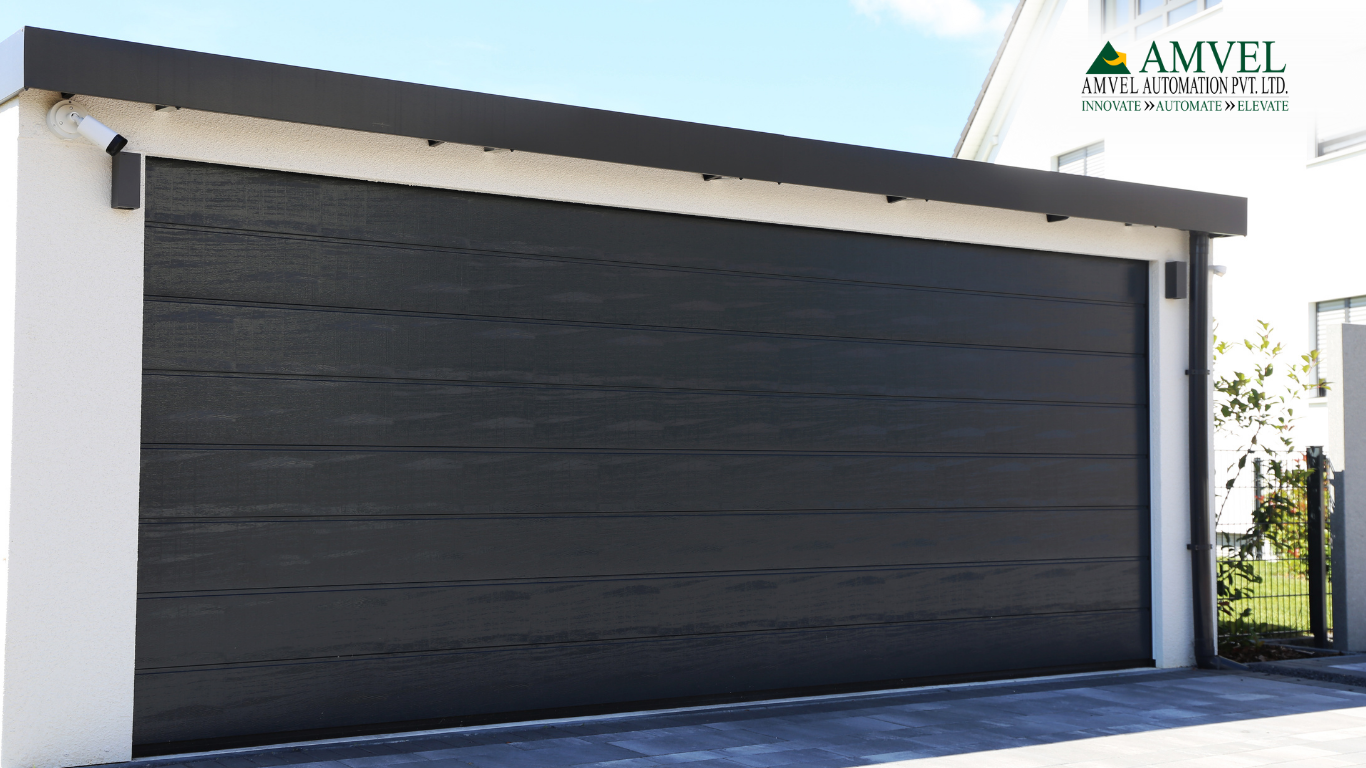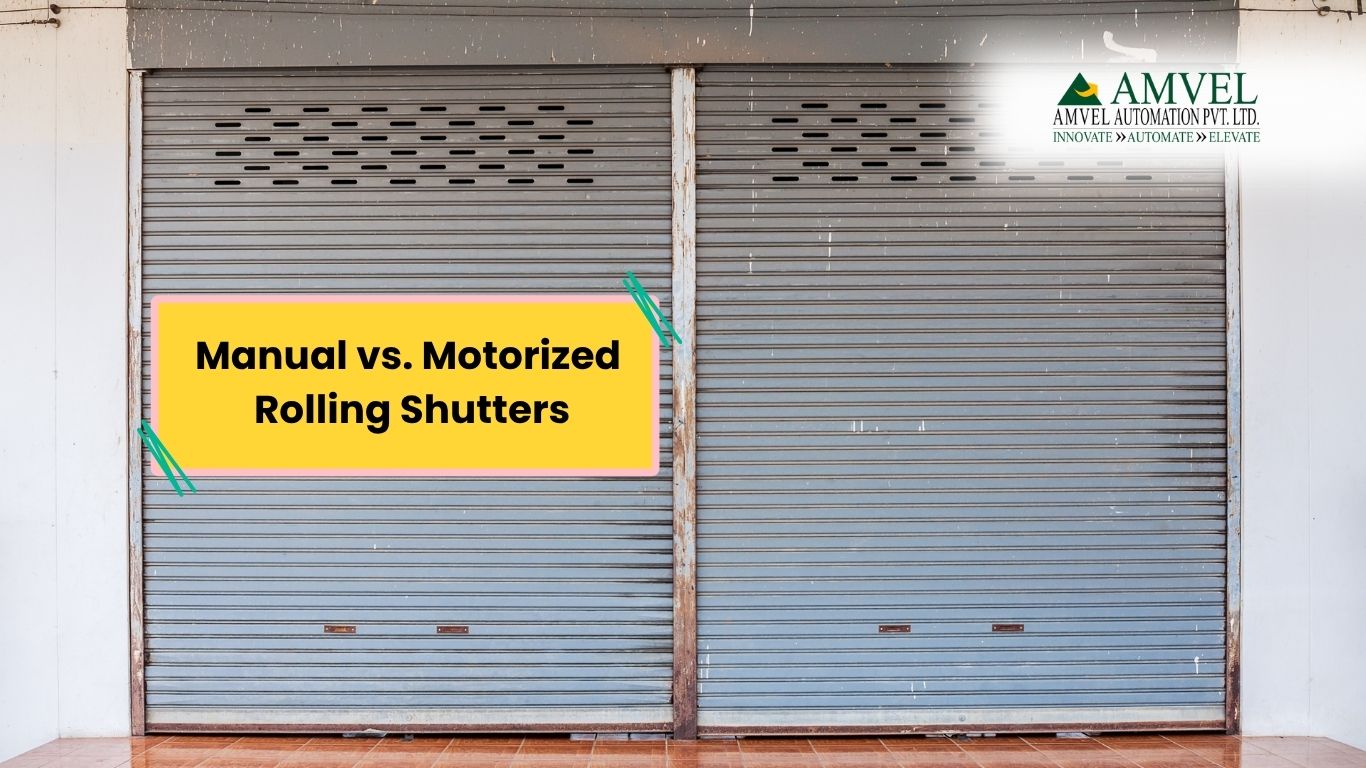In this comprehensive guide, we’ll explore the different types of dock levellers, key factors to consider when selecting one, and tips for maintaining them. By the end, you’ll have the knowledge to make an informed decision that fits your needs
1. Understanding Dock Levellers: An Overview
Dock levellers are mechanical or hydraulic platforms installed at loading docks to compensate for the height difference between the loading dock and the trailer bed. They create a seamless transition, allowing forklifts and other machinery to move goods without jolts or damage.
There are several types of dock levellers, each designed to suit specific requirements. Here’s a quick overview:
- Hydraulic Dock Levellers: These are automated and powered by hydraulic systems, allowing smooth operation with the push of a button. They are ideal for operations that require frequent use and have varying height needs.
- Mechanical Dock Levellers: These are manually operated using a spring mechanism. While they require more physical effort, they are a budget-friendly choice for facilities with less frequent dock operations.
- Air-Powered Dock Levellers: Operated using an airbag or bellows system, these levellers provide a smoother transition and require less maintenance compared to mechanical models. They are suitable for environments that prioritize low maintenance.
- Vertical Dock Levellers: Designed for facilities needing a high level of environmental control, these levellers remain upright when not in use, sealing off the dock area. This design is ideal for cold storage and other climate-sensitive operations.
Each type of dock leveller comes with its own set of benefits and is suited for different operational needs. Choosing the right one requires a thorough understanding of your facility’s demands and logistics flow.
2. Key Factors to Consider When Choosing a Dock Leveller
When selecting a dock leveller, it’s essential to evaluate several factors to ensure you choose the best fit for your facility’s operations. Here are some critical considerations:
Load Capacity
The load capacity of the dock leveller is paramount. It must support the weight of the heaviest loads you expect to handle. Generally, dock levellers come with various load capacities, ranging from 30,000 to over 60,000 pounds.
- Tip: Assess the maximum weight of the trailers and the average load being handled to determine the appropriate load capacity for your dock leveller.
Dock Height and Range of Motion
Dock levellers are designed to accommodate various truck heights. Understanding the height of your loading dock and the typical height of the trucks that will be using it is crucial.
- Tip: Measure the height difference between your dock and the typical trailer bed. Select a leveller that can operate within this range, ideally with a bit of extra flexibility for varying loads.
Type of Operation
The operation type can influence the choice of dock leveller. Consider how often the leveller will be used and the operational speed needed.
- High-Traffic Areas: Hydraulic dock levellers are best suited for high-traffic areas due to their efficiency and ease of use.
- Low-Traffic Areas: For facilities with infrequent loading, mechanical options might suffice.
Safety Features
Safety should never be compromised. Look for dock levellers equipped with safety features such as:
- Safety Strips: Prevents forklifts from slipping off the leveller.
- Lip Extensions: Enhances safety during loading and unloading by ensuring a secure transition.
- Emergency Stop Controls: Allows for immediate cessation of operation in emergencies.
Maintenance Requirements
Different dock leveller types come with varying maintenance needs. Hydraulic systems may require more attention than mechanical ones but often provide better performance and longevity.
- Tip: Consider the maintenance staff’s expertise and the availability of spare parts when selecting a leveller. Regular maintenance checks can prevent costly downtimes.
Environmental Conditions
Lastly, consider the environmental conditions in which the dock leveller will operate. For example, in cold storage facilities, vertical dock levellers can help maintain temperature control, while standard levellers may suffice in typical warehouse environments.
- Tip: Assess any specific environmental challenges, such as humidity, temperature extremes, or exposure to chemicals, to determine the best material and design for your dock leveller.
3. The Benefits of Choosing the Right Dock Leveller
Selecting the right dock leveller can bring numerous advantages to your facility, enhancing operational efficiency and safety. Here are some key benefits to consider:
Improved Operational Efficiency
A well-chosen dock leveller facilitates seamless loading and unloading processes, significantly reducing turnaround time. When vehicles can easily align with the dock, it minimizes the time spent moving goods, ultimately increasing productivity.
- Example: In high-volume warehouses, using hydraulic dock levellers can cut loading times by up to 50%, allowing more deliveries per day.
Enhanced Safety
Dock levellers play a critical role in ensuring the safety of personnel and equipment during loading and unloading. By providing a stable and secure transition between the dock and the trailer, they help prevent accidents and injuries.
- Statistics: According to the National Safety Council, over 25% of warehouse accidents are related to loading and unloading operations. A suitable dock leveller can help mitigate these risks.
Reduced Wear and Tear on Equipment
By choosing the right dock leveller that accommodates your specific needs, you can minimize wear and tear on both the leveller and the forklifts or other machinery used in the loading process. A stable, level surface reduces the chances of damage to equipment, prolonging its lifespan.
Tip: Regular maintenance of the dock leveller will also contribute to its longevity and performance, ensuring that it functions optimally over time.
Cost Savings
While the initial investment in a quality dock leveller may be higher, the long-term savings can be significant. Reduced loading times, decreased equipment damage, and lower accident rates all contribute to cost savings.
- Case Study: A logistics company that upgraded its mechanical dock levellers to hydraulic models reported a 30% reduction in labor costs associated with loading and unloading tasks, illustrating how the right equipment can lead to substantial financial benefits.
Versatility in Operations
Dock levellers come in various designs and functions, allowing them to be tailored to specific operational needs. Whether your facility requires different heights or types of vehicles, the right dock leveller can adapt to changing logistics demands.
- Example: In a mixed-use facility where both refrigerated and standard trailers operate, a versatile dock leveller can accommodate both, ensuring smooth transitions for all types of goods.
By considering these benefits, you can better understand how the right dock leveller can enhance your operations and contribute to overall business success.
4. Maintenance Tips for Dock Levellers
Proper maintenance is essential for the longevity and optimal performance of dock levellers. Here are some valuable tips to ensure your dock leveller operates efficiently and safely:
Regular Inspections
Routine inspections are vital to identify potential issues before they escalate into significant problems. Check for wear and tear, rust, and any operational discrepancies.
- Tip: Schedule inspections monthly or quarterly, depending on the frequency of use. Keep a checklist of components to evaluate, such as hydraulic lines, safety features, and mechanical parts.
Lubrication
For mechanical dock levellers, regular lubrication of moving parts is crucial to prevent friction and wear. Proper lubrication extends the life of the leveller and enhances its functionality.
- Recommended: Use high-quality lubricants that are compatible with the materials of the leveller. Apply grease to pivot points and any other moving components according to the manufacturer’s guidelines.
Cleaning
Maintaining a clean dock leveller is essential for its functionality. Dirt, debris, and spills can interfere with the leveller’s operation and create hazards.
- Action: Regularly clean the surface of the dock leveller and the surrounding area. Ensure that the lip and pit area are free from obstructions that could hinder performance.
Check Safety Features
Safety features are crucial for protecting both personnel and equipment. Regularly test and maintain safety strips, emergency stop controls, and any other safety mechanisms.
- Example: Test the functionality of safety strips by checking their responsiveness to prevent any potential hazards during operation.
Monitor Hydraulic Systems
If you have a hydraulic dock leveller, monitoring the hydraulic system is essential. Check for leaks, proper fluid levels, and the condition of hoses and fittings.
- Tip: Perform hydraulic fluid checks regularly and replace fluids as recommended by the manufacturer to maintain optimal performance.
Professional Maintenance
Consider scheduling annual professional maintenance checks for comprehensive evaluations of your dock leveller. Experienced technicians can identify issues that may go unnoticed and perform repairs as needed.
- Action: Partner with a reliable service provider specializing in dock equipment maintenance for peace of mind.
By following these maintenance tips, you can ensure your dock leveller remains in top condition, providing a safe and efficient loading and unloading experience. Regular care not only extends the life of the leveller but also enhances workplace safety.
5. Conclusion: Making the Right Choice for Your Operations
Choosing the right dock leveller is more than just a purchasing decision; it’s a strategic move that can enhance the overall efficiency and safety of your operations. By understanding the different types of dock levellers, key factors to consider, and the benefits they bring, you can make an informed choice that aligns with your specific needs.
Recap of Key Considerations
To recap, here are the essential factors to keep in mind when selecting a dock leveller:
- Load Capacity: Ensure the leveller can handle your heaviest loads.
- Dock Height and Range of Motion: Assess the height differences and select a model that accommodates your operations.
- Type of Operation: Choose between hydraulic, mechanical, or air-powered levellers based on usage frequency and speed requirements.
- Safety Features: Look for built-in safety mechanisms to protect your personnel and equipment.
- Maintenance Requirements: Consider the maintenance ease and availability of spare parts for long-term operation.
- Environmental Conditions: Account for any specific conditions that may affect the leveller’s performance.
Final Thoughts
Investing in the right dock leveller can lead to significant operational improvements, including increased productivity, reduced accidents, and enhanced equipment longevity. By prioritizing the factors outlined above, you can select a dock leveller that not only meets but exceeds your operational demands.
For those looking to explore various industrial solutions, including dock levellers and related products, we encourage you to visit Amvel Automation for comprehensive insights and offerings tailored to your needs.
Choosing a dock leveller is an important decision that influences your entire logistics operation. Take the time to evaluate your options carefully, and don’t hesitate to seek advice from industry experts to ensure you make the best choice for your facility.



